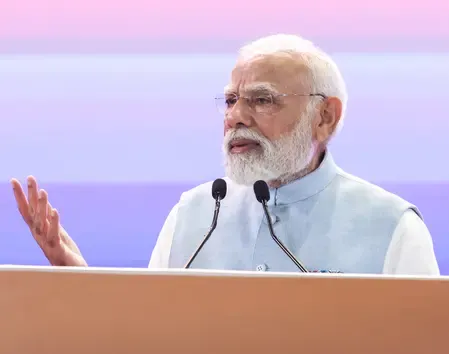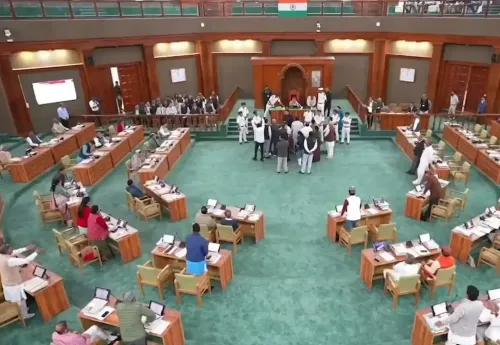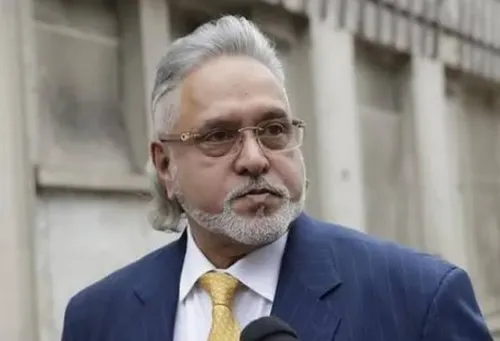How Did PM Modi Celebrate the 1,125% Growth in Indian Universities in QS Asia Rankings 2026?

Synopsis
Key Takeaways
- 1,125% increase in Indian universities in QS Asia Rankings.
- Government initiatives focus on quality education and innovation.
- Five Indian institutions in Asia's top ten for research output.
- Challenges remain in attracting foreign faculty and students.
- Continued investment in infrastructure is essential.
New Delhi, Nov 4 (NationPress) Prime Minister Narendra Modi expressed his excitement on his official X platform on Tuesday regarding what he termed a remarkable advancement in Indian higher education. He announced that the number of Indian universities in the QS Asia University Rankings has skyrocketed by 1,125 percent over the last decade, increasing from just 24 in 2016 to 294 this year.
"Our government is dedicated to providing quality education for our youth, emphasizing research and innovation," PM Modi stated. He also highlighted that New Delhi is enhancing institutional capacities to facilitate the growth of more educational establishments across the nation.
The Prime Minister's excitement is supported by impressive statistics: India now ranks second only to China (with 395 universities) in terms of representation, having added 137 new entrants this year.
Five Indian universities rank among Asia's top ten for research output per faculty, and 28 are listed in the top fifty—more than double China's representation—showcasing a robust research landscape that produces impactful publications and staffs laboratories with PhD-qualified personnel.
Seven Indian universities are included in the continental top 100, maintaining the same number as last year, reflecting resilience in the face of fierce competition.
The Indian Institute of Technology (IIT) Delhi remains the nation's leader, climbing to 59th position with a score of 78.6, boosted by employer recognition and rising citation rates.
Following IIT Delhi, the Indian Institute of Science Bangalore is ranked 64th (score: 76.5), IIT Madras 70th (score: 75.1), IIT Bombay 71st (score: 75.0), IIT Kanpur and IIT Kharagpur both at 77th (score: 73.4), and the University of Delhi at 95th (score: 68.5). This demonstrates that prestige is now extending beyond the IITs to broader public universities.
At the top, the University of Hong Kong has overtaken Peking University to secure first place, while Singapore's National University of Singapore (NUS) and Nanyang Technological University share the third rank, reinforcing the dominance of Hong Kong, mainland China, and Singapore among elite institutions.
QS Chief Executive Jessica Turner attributed the achievements to the five-year impact of the National Education Policy, which has fostered "system-level capacity that is globally relevant and locally empowering." However, she warned that the upcoming decade requires stronger international partnerships and digital-age curricula for India to reach the podium.
The absolute rankings for many leading IITs have declined, with IIT Bombay dropping 23 places—a decline attributed to competitors outperforming in international faculty recruitment, diverse student bodies, and better faculty-student ratios.
Foreign academics and international students remain scarce in India, and investment in infrastructure lags behind that of Singapore's NUS, Beijing's Tsinghua, and Seoul's KAIST.
As Vice-Chancellors in New Delhi and Bengaluru analyze the rankings, one thing is clear: while India's universities are racing forward, the finish line continues to shift eastward.









